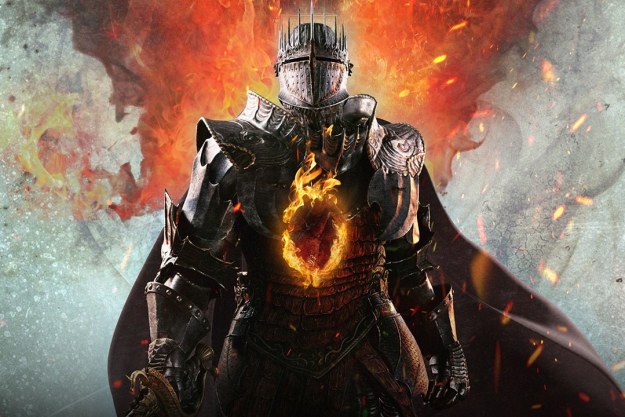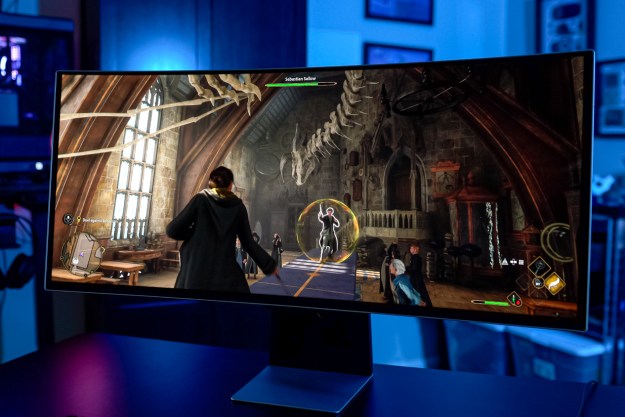Ghostwire: Tokyo is an interesting and unique blend of a lot of different elements. On one hand, it’s a first-person open-world game set in a haunted version of real-life Tokyo. On the other, it’s an action RPG where you improve your combat abilities via leveling up and acquiring new skills and abilities. These RPG elements are much more prevalent than it might have initially seemed when the game was first shown off, focusing more on the flashy first-person spell-casting and horrific enemies you will encounter on the streets of Tokyo. However, they are a major factor in how your adventure to solve this mystery will unfold.
Skill points will be rewarded for earning XP and raising your Synergy Level, which is how strong Akito’s bond is with KK, the spirit who gives him his mystical powers. Like any traditional RPG, XP will come as you defeat enemies and complete both main and side missions. On first glance, the skill menu might feel overwhelming, especially when you don’t know what will be useful long term, or what you will even like using. Rather than waste your points on something you’ll never use, here is a quick rundown of all the best skills you should unlock in Ghostwire: Tokyo.
See more
- Ghostwire: Tokyo beginner’s guide: 6 tips and tricks to get started
- The best horror games of all time
- The best open-world games for PS5
Ground Core Grab and Melee Core Grab

We’re lumping these two together since they’re so similar, but we think Ground Core Grab is a bit more essential to get first at the very least. With this skill you can do a Quick Purge on a downed enemy. Knocking enemies over is a major focus for combat, so being able to get a fast takedown by stunning and pummeling foes is essential.
On the other hand, Melee Core Grab is another faster version of your normal purge move, though it does require you to be up close and personal with your target. Their core does still need to be exposed, of course, but is handy for enemies that are harder to knock over.
Core Grab — HP Restoration
Now that you’re grabbing cores faster and more often, make it worth your while by increasing the amount of HP you regain for each grab. Health is a constant concern in Ghostwire: Tokyo, and while you should always have food on hand, it’s always better to save it for tough situations. This won’t completely remove the need for it, but should at least negate any chip damage you take in smaller encounters.
Core Exposure — Duration
Our last core-focused skill you need to grab (get it?) is a straight-up increase to how long an enemy’s core will remain exposed and open to being grabbed. This can help remove some of the stress you feel when exposing a core of a distant enemy and feel like you need to risk it all to rush over and get the grab. Now, you can be much safer and deal with other threats before going for the core.
Perfect Block — Ether Generation

Ghostwire: Tokyo wants you to learn perfect block timing. This is an insanely powerful move if you can pull it off, allowing you to counter basically any attack sent your way, ranged or otherwise. Ether is your ammo of sorts for your Ethereal Weaving attacks, which you never want to run low on. This skill gives you back some free Ether every time you perform a perfect block. Again, considering how often you should be using this skill, it can basically become your primary Ether source.
Wind Charge Attack — More Shots
We picked the wind style for this ability since it will be your most-used weapon in Ghostwire: Tokyo, but if you really prefer water or fire, feel free to get the equivalent skill for those elements. In terms of wind, buffing this normally underwhelming spell makes it that much better to have as your reliable attack. Each time you upgrade this skill, you get more shots added to your charged-up attacks, maxing out at four. That’s essentially quadrupling your damage output if you can land the hit.
Charge Attack — Speed Boost
Whichever element you upgrade, the charge attack is always a better option when you can pull it off. Speeding up the time it takes to do that charge allows you to use these stronger attacks, regardless of which spell type you’re using, much faster and more often. We recommend upgrading this one as high as possible.
Prayer Beads — Extra Set
Finally, we have the Prayer Beads. These are equipable items that give you some kind of boost, and while all are useful, you start off only being able to wear one at a time. However, this skill will let you wear up to three, stacking all the effects and really upping your power. These beads alone can be worth more than leveling up a specific skill on their own, so dump your points here if you’ve got spare beads burning a hole in your pocket.
Editors' Recommendations
- Is Call of Duty: Modern Warfare 3 cross-platform?
- What is dragonsplague in Dragon’s Dogma 2 and how is it cured?
- The best item recipes in Dragon’s Dogma 2
- The best skills in Rise of the Ronin
- How long is Dragon’s Dogma 2?




